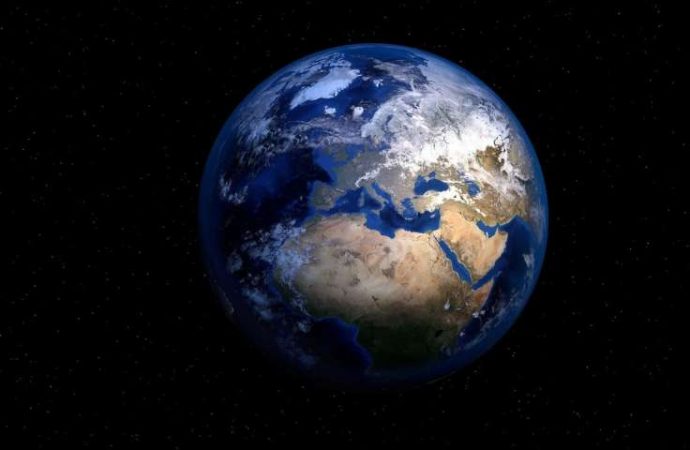Up to now, studies have focused on determining when the first modern human arrived in China, but there has been hardly any research into the dynamics of this settlement. A joint paper by institutions from China, Spain and the United Kingdom proposes that, given its size and biogeographical diversity, China would have received migrations by Homo sapiens from both north and south, with hardly any overlap between them.
Source: Phys.org
The researchers suggest in the journal Quaternary International that the arrival of modern humans in continental Asia was the result of at least two processes. The first took place 80,000 years ago at the latest, and consisted of the arrival of the first populations of Homo sapiens on the Asian continent through Arabia, passing through India, to Southeast Asia and, finally, Australia. In the second process, around 45,000 years ago, populations of H. sapiens would have arrived from the North through Central Asia, Siberia and Mongolia, and these were the people who would eventually populate North America and Japan.
“In addition to this complex scenario, there is also the diversity of human populations already inhabiting Asia before we arrived,” says the paleontologist María Martinón-Torres, director of the Centro Nacional de Investigación sobre la Evolución Humana (CENIEH), who conducted the study together with José María Bermúdez de Castro, coordinator of the CENIEH Paleobiology Program, and researchers from the University of Exeter and the Institute of Vertebrate Paleontology and Paleoanthropology (IVPP) in Beijing.
In 2015, the CENIEH, together with the IVPP, led a study published in Nature of the discovery of the oldest modern human in China (between 80,000 and 120,000 years ago) from the Fuyan site in the south of the country, thus opening up a lapse during which H. sapiens could have interacted with other human groups like the Denisovans, Neanderthals or even late survivors of the species Homo erectus.
One country, two realms
As Martinón-Torres explains, we think of China as a single territory when in reality, its land lies in two different biogeographical realms. The so-called Palearctic Realm, a term coined by the famous biogeographer Alfred Russel Wallace, covers territories such as Inner Mongolia and China to the north of the Qingling Mountains, and these are characterized by great extremes of temperature which would have hindered permanent settlement by humans, and this is probably responsible for the later arrival of Homo sapiens in northern China.
By contrast, the so-called Oriental Realm, which would encompass southern China and southeast Asia, had less severe climatic conditions, enabling this zone to become the main refuge in Asia and which then, as now, was the Asian region with the highest human population.
“Linear narratives aren’t enough. To speak of Homo sapiens in Late Pleistocene China, we are talking about least two populations and two different histories,” says Bermúdez de Castro. The boundary between the two realms would have fluctuated, but these two human populations would have remained relatively isolated during the last glacial cycle.
Source: Phys.org

































Leave a Comment
You must be logged in to post a comment.